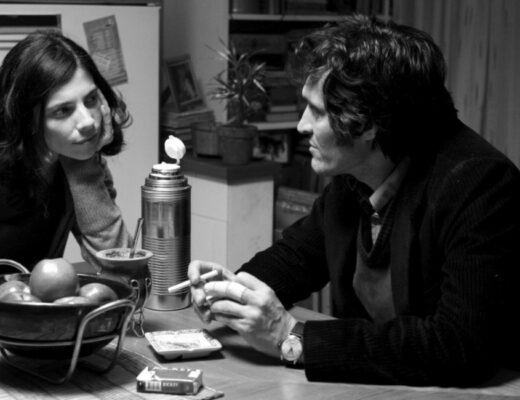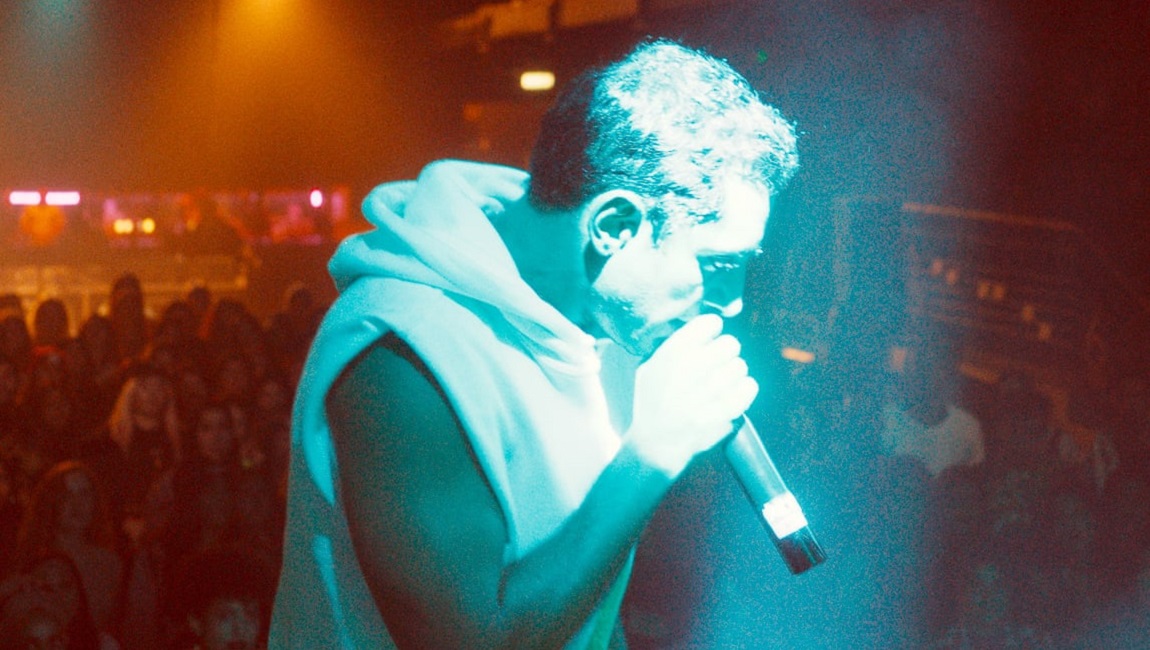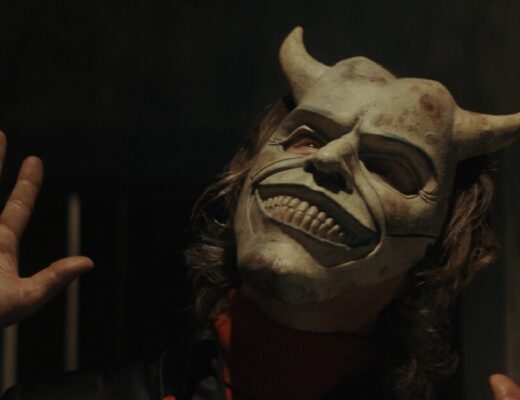It seems fair to suggest that The Forgotten Ones is a film for the Western Jews, communities of the diaspora, a collective lost to the Zionist campaign that has raged for decades. But, it’s not a work that forces them to contend with these internalizations of Zionism — indeed, it shirks this conversation rather bluntly — and it instead operates as a film that positions white supremacy at the core of the culture’s so-called “promised land.” It sees said promise galvanized by an Ashkenazi base, organized to reject the racialized groups of Sephardim, Beta Israeli and, as the film’s title highlights, The Forgotten Ones, the Mizrahi, groups of Jews from surrounding Arab countries. Through the film, directed by Michale Boganim, we glean a collage of fractured perspective, jumping from city to city (locations that were once orchestrated to be the self-built ghettos for these minority groups of Jews, built atop the land of exiled Palestinians), as we listen to anecdotes and personal histories from a collection of individuals. And while these stories are maddening, and while these accounts do work to demystify the utopian vision of Zionism, Israel as land of Milk and Honey, it’s simply not enough.
The Forgotten Ones, while carrying the weight of an oppressive history with good intentions, remains distanced from the dialectics necessary to fully grasp the hierarchical systems constructed within this white-supremacist ethno-state. While acknowledging the internalizations of racism and the state-fuelled wish for Mizrahim to estrange themselves from their neighboring Palestinian populations, the film fails to reckon with the fact that regardless of these systemic practices by the state, any Jew remains in a position that benefits off of the occupying forces, to the detriment of and continued violence inflicted upon the Palestinian people. Further, it remains a fractured portrait of talking points. The film’s subjects condense their whole lives into a few minutes, into quotes that can be remembered and cited as examples of racial violence. And therein lies the biggest issue with a pre-conditioned common understanding of digestibility and accessibility in the runtime of expositional documentary films; 90 to 120 minutes is no time at all to gain a remotely honest depiction of its subject matter. Yet, it’s quite often that we are confronted in the West with these exact types of films, wishing to address decades or centuries of violence and dehumanization in the span of mere minutes. What does this do to the stories entrusted to the filmmakers? Is it responsible to allow these narratives to become the endpoint to a series of ellipses? It feels like little more than rhetoric tourism. Take, for example, the films of Wang Bing, the brilliant Chinese documentarian who all too well understands the failures of the expositional form. His work realizes the necessity for full-bodied encapsulation, negating conventional structures of efficiency to offer, instead, a truth that realizes 1:1 parity, one that allows the story of the one who tells it to be edited only by the very mind who speaks it.
Of course, this is a matter of discourse as we grapple with the dialectics of the form, an ongoing debate of what narrativity precludes in documentary. The Forgotten Ones shirks any dialectical approach to history, instead focused on the immediacy of emotionality, on the reaction of a Jewish ignorance to the racial violence enacted on fellow tribespeople. But does that present enough of a utility? Is it worth it in the long run to play such a short game? I’m not sure that the film, in the form that it here exists in, at least partly flattening Mizrahi history and, coming after social uproar in response to Israeli violence against Palestinians in Sheikh Jarrah and the Gaza and the ’67 Occupied territories, is as sharp a political tool as it hopes to be. Of course, I am speaking as an Ashkenazi Jew, whose history is not being displayed here, and so perhaps my own positionality clouds the urgency that others might find here. In either case, the discussion of how we can responsibly represent and exhibit our history, of course, rages on.
Published as part of DOC NYC 2021 — Dispatch 3.







